Armenoi is a village and a community in the municipality of Rethymno in the Rethymno regional unit, Crete, Greece. It has been characterized as a traditional settlement of Greece. The village is located 10.5 km south of Rethymno, on the road to the municipality of Agios Vasileios. It lies in a valley at an altitude of 380 m, west of Mount Vrysinas (858 m). The valley, known as Armenokampos, is cultivated with vineyards, olive trees, and other fruit trees, as well as potatoes and oaks.
History
A Late Minoan cemetery has been discovered at the site of Prinokefalo, where over 220 tombs have been excavated to date. Almost all the tombs are carved vaulted, with the exception of tomb 200, which is built vaulted. Stergios Spanakis mentions that the presence of the cemetery indicates the presence of a settlement in the area. The tombs date back to between 1420 and 1200 BC.
Stergios Spanakis reports that the name of the village comes from the Armenians who came to Crete as soldiers during the recapture of Crete by Nikephoros Phokas in 961. During the Venetian era, there were two villages, Ano (Upper) and Kato (Lower) Armenoi. Francesco Barozzi in 1577 refers to them as Armenus Cato and Armenus Apano. In the Venetian census of 1583 by Kastrofylakas, Kato Armenoi had 155 inhabitants and Ano Armenoi 228 inhabitants. Francesco Basilicata also mentions them in 1630. The settlement of Ano Armenoi appears to have been inhabited by Turks and abandoned during the Ottoman period. It is not mentioned in the Egyptian census of 1834.
In the census of 1881, Armenoi belonged to the municipality of Chromonastiri, with 348 Christians and 142 Turkish inhabitants. In the 1900 census, it had 424 inhabitants and belonged to the municipality of Vrysinaioi. In 1925, Armenoi was designated as the seat of the community of the same name, in the province of Rethymno, which continued to exist until the Kapodistrian administrative division, when it was annexed to the municipality of Rethymno.
World War II
During World War II, the Germans established a camp for 800 men in Armenokampos, covering an area of 2 square km, with a camp, warehouses, barracks, and a small airport for supplying Africa. For this purpose, they cut down trees and shaped the area with barbed wire. Children from Armenoi often took ammunition and gave it to the guerrillas. Once they were noticed, arrested, and severely beaten. The Germans remained in the area throughout the occupation without harming the residents. Shortly before leaving, the Germans placed a huge bomb in a car and connected it to all the ammunition depots. They warned the residents to leave, leaving their houses open. Then they set fire, causing tremendous explosions; the whole valley burned for a week. However, many projectiles were not deactivated but remained in the fields.
When the Germans left, residents from the surrounding villages and Armenoi came and started looking for projectiles or other ammunition. The results were tragic, as 22 people fell victim, among them seven Armenites, most of whom lost their lives cultivating their fields. There were also two blind people, 8-year-old Michalis Droudakis, who lost one of his hands and his sight when a projectile exploded in his hands, and 15-year-old Manolis Ploumis, who lost his hand and his sight when he went to Armenoi with two other children from Rethymno to find ammunition. In total, in all the wars for the country, 24 Armenites fell from 1912-1967. Among them is the Gendarmerie Commander Stelios Manioudakis, who lost his life on May 25, 1941, during the Battle of Crete.
Post-War Period
When the Germans left, the Greek army in 1951 repaired the camps and used them as conscription units until the 1980s. The first camp at the entrance of Armenoi, “Captain Markos Portalios,” was an ammunition depot; today, it houses military residences. The other one towards Agios Georgios, “Captain Pantelakis,” was a 299 Artillery Division conscription unit, but later it was granted to the MOMA (Military Officers’ Mutual Aid Association), and after its dissolution, efforts are being made to give it to the Armenoi Cultural Association for utilization, as it is dilapidated.
Churches
- Transfiguration of Christ: (parish church) built in 1887
- Assumption of the Virgin Mary: Byzantine church on the road to Koumoi, renovated in 1994
- Agios Georgios (Saint George): (April 23)
- Agios Georgios (Saint George): (November 3)
- Agia Kyriaki (Saint Kyriaki):
- Agios Nektarios (Saint Nektarios):
- Agios Stylianos (Saint Stylianos):
- Agioi Anargyroi (Saints Anargyroi):
- Agios Konstantinos and Agia Eleni (Saints Constantine and Helen): (Cemetery church)
School
One of the first ten schools founded in the prefecture was that of Armenoi in 1881, built in 1888. It operated until 1941, when it became a military headquarters, to be built later, while in 1953, a second room was added, in the area of the church. In recent years, it became a 6-grade school, and in the 2013-14 school year, 90 students from 11 surrounding villages attended it. On April 3, 2013, the school was awarded the prize for the best film of Primary Education for the film “Broken Flowers.” A kindergarten with 25 children also operates in the village.
Economic Activity
After the 1980s, Armenoi developed rich business activity in various sectors: iron cutting and shaping workshops, trade in building materials, animal feed, agricultural tools, with wonderful taverns, supermarkets, a pharmacy, gas stations, etc. The rich Armenokampos has several trees, especially in the past, oak forests, a product that was very valuable at that time for tanning.
Settlement: Key Points
-
Historical References: Mentioned in Venetian documents from the 16th century.
-
Location: 10.5 km south of Rethymno, Crete, Greece.
-
Historical Significance: Possibly named after Armenian soldiers who settled there in the 10th century.
-
Population Data:
YearPopulationNotes1583383as Armenus Cato 155 and Armenus Apano 2281881485343 Christians, 142 Muslims19004241928383194039219515131961410197140119813371991310200131320113792021416 -
Current Status: An active village with a mixed economy of agriculture and small businesses.
References
Access
Armenoi is 7.3 kilometers away from Rethymno and 7.6 kilometers away from Gerani













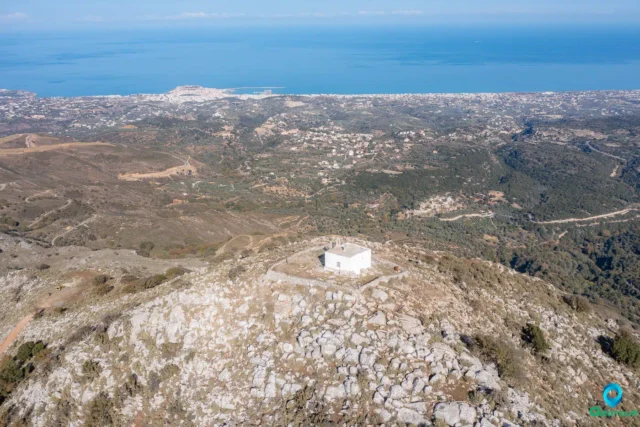

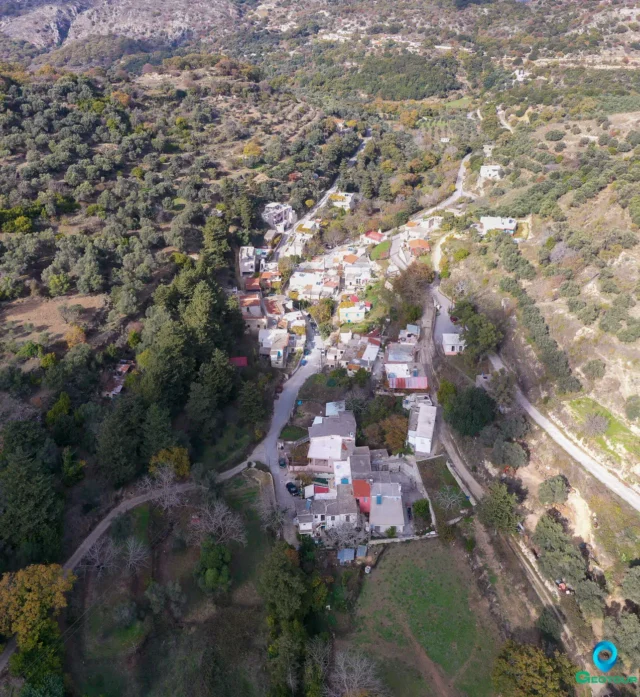

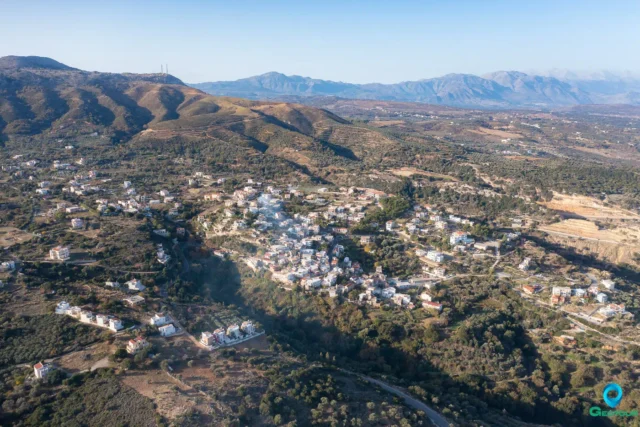

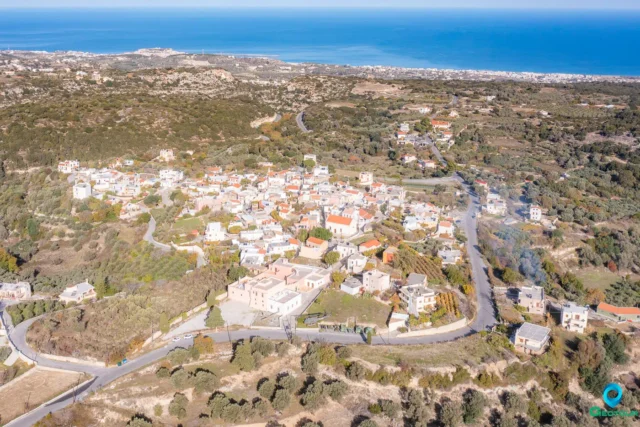
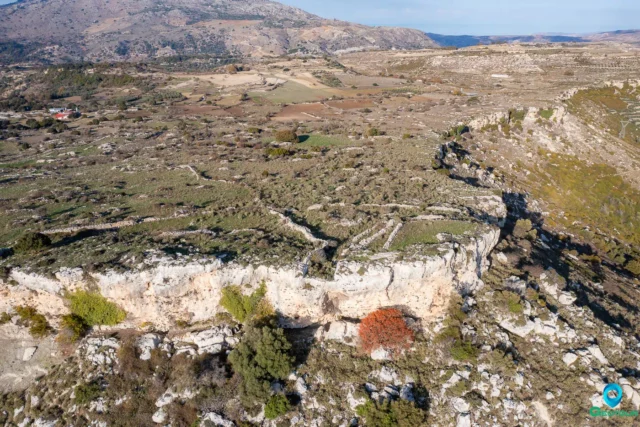

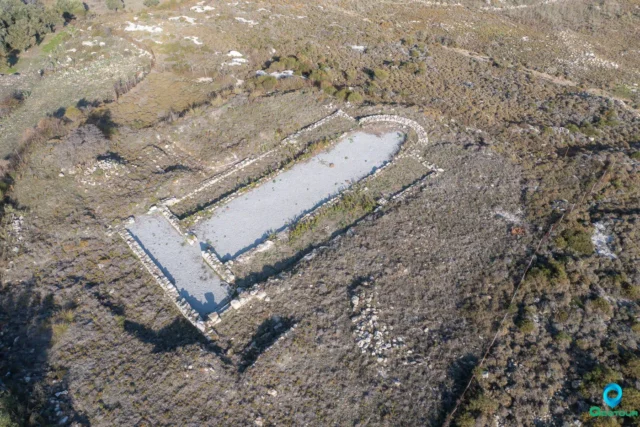
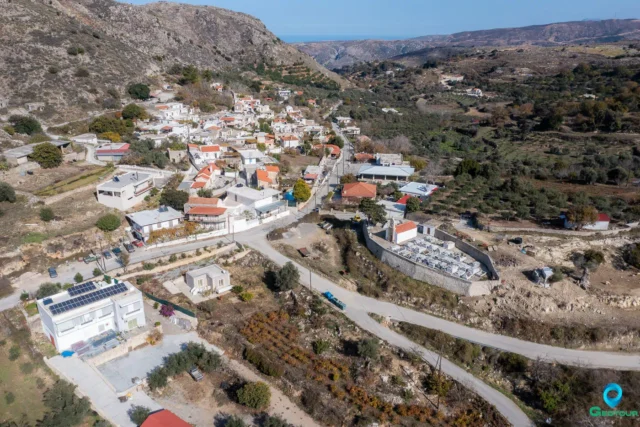
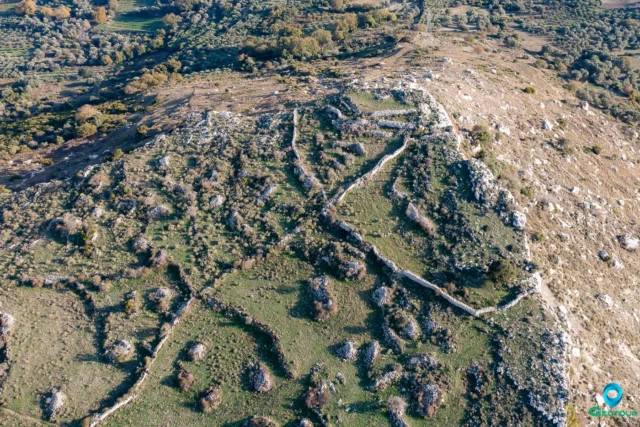
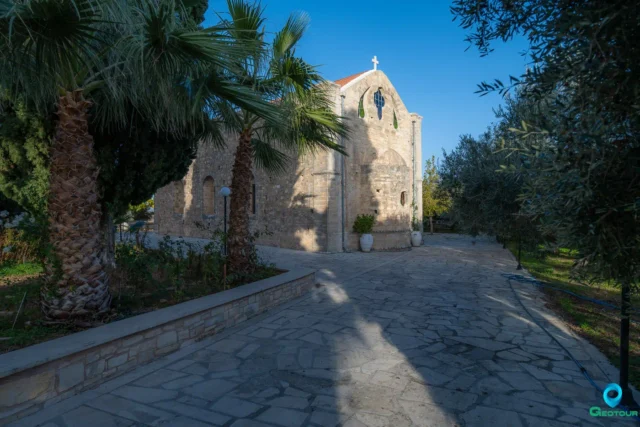


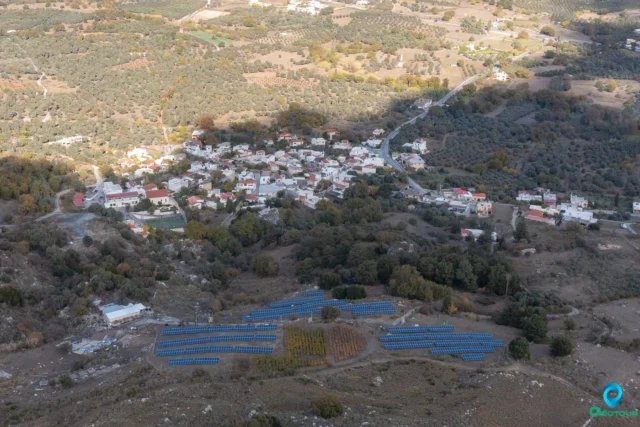
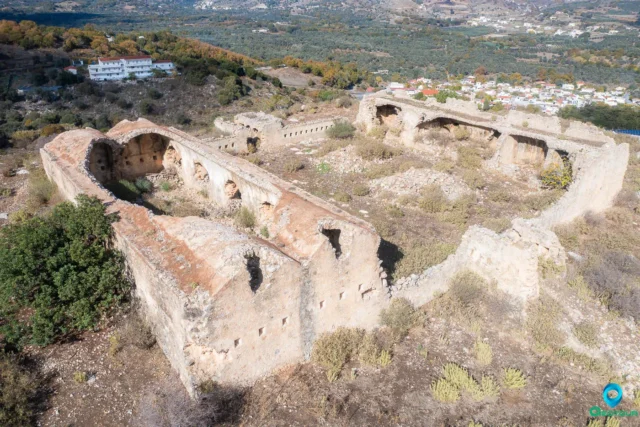
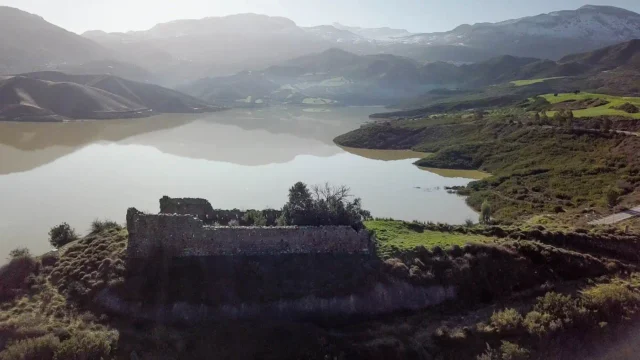
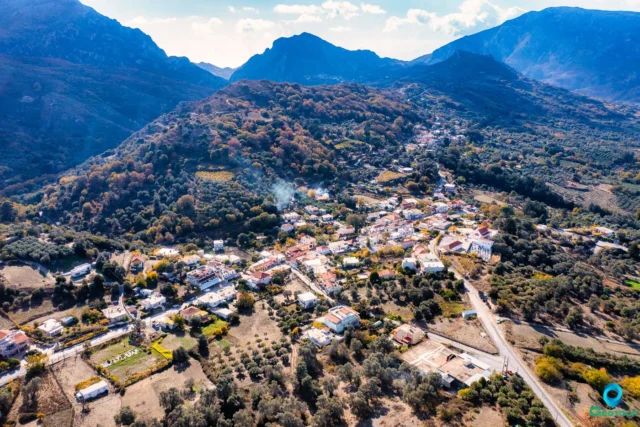

There are no comments yet.